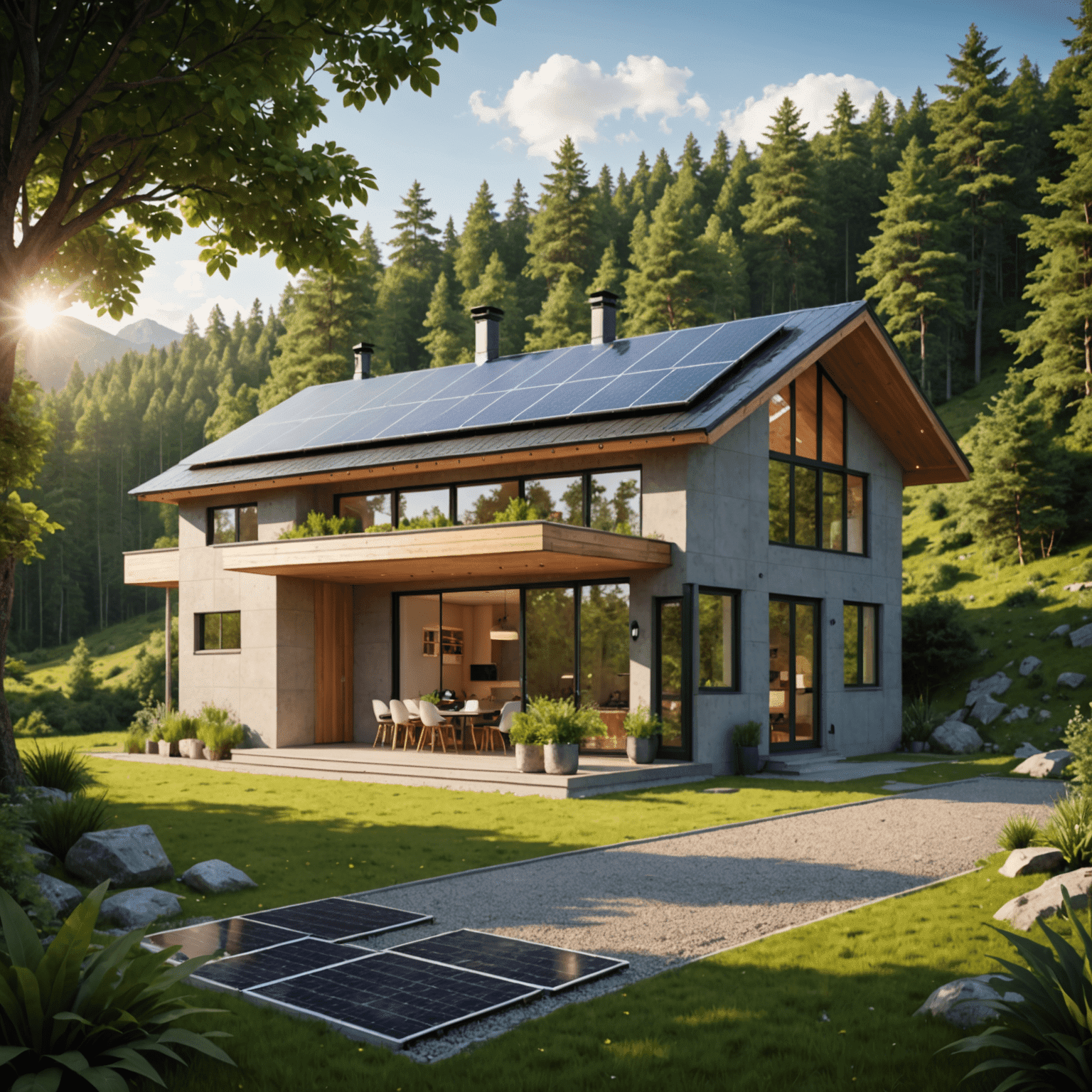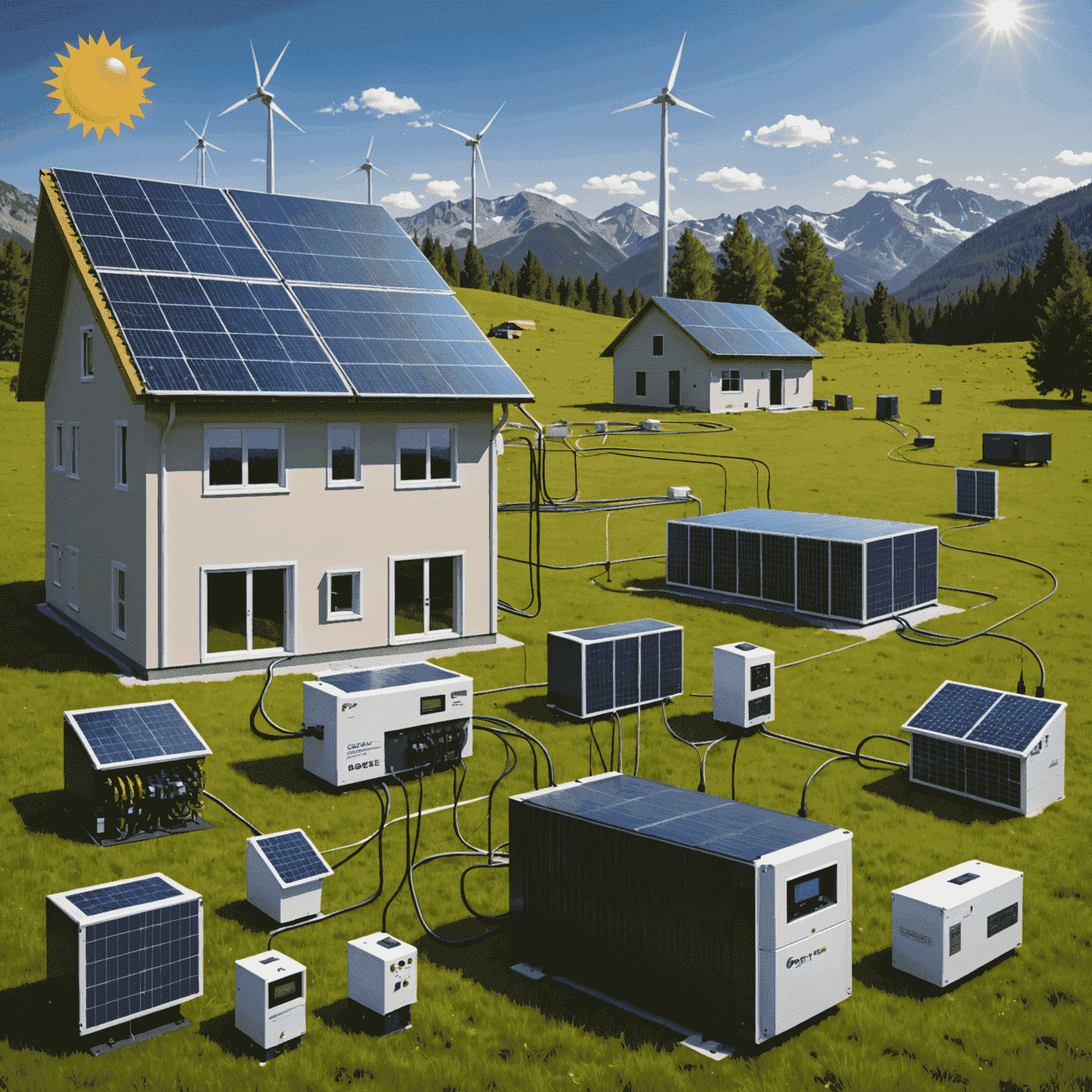Off-Grid Living: A Comprehensive Guide
Embracing off-grid living is more than just a lifestyle choice; it's a commitment to sustainability and self-sufficiency. This guide will walk you through everything you need to know about setting up a robust, self-sufficient, off-grid power system using solar panels and advanced energy storage solutions.

1. Understanding Off-Grid Power Systems
An off-grid power system typically consists of three main components: energy generation (usually solar panels), energy storage (batteries), and energy management (inverters and charge controllers). These components work together to ensure a consistent power supply, independent of the traditional electrical grid.
Solar Panels: The Heart of Your System
Solar panels are the primary source of energy in most off-grid setups. When choosing solar panels, consider factors such as:
- Efficiency ratings
- Durability and weather resistance
- Warranty periods
- Size and power output
Battery Storage: Powering Through the Night
Battery storage is crucial for maintaining power when the sun isn't shining. Modern lithium-ion batteries offer significant advantages over traditional lead-acid batteries, including:
- Higher energy density
- Longer lifespan
- Faster charging capabilities
- Lower maintenance requirements
Battery Capacity Calculator
To determine the right battery capacity for your needs, use this simple formula:
Daily Energy Usage (kWh) x Days of Autonomy / Battery Depth of Discharge = Required Battery Capacity (kWh)
2. Designing Your Off-Grid System
Designing an effective off-grid system requires careful planning and consideration of your energy needs. Follow these steps:
- Calculate your daily energy consumption
- Determine the size of your solar array based on local sun hours
- Choose appropriate battery storage capacity
- Select inverters and charge controllers to match your system
- Plan for backup power options (e.g., generator) for extended periods of low sunlight

3. Installation and Maintenance
While some DIY enthusiasts may tackle installation themselves, it's often best to work with certified professionals to ensure safety and optimal performance. Regular maintenance is key to longevity:
- Clean solar panels regularly to maintain efficiency
- Check and tighten electrical connections annually
- Monitor battery health and replace when necessary
- Update system firmware and software as recommended
4. Maximizing Efficiency and Sustainability
To get the most out of your off-grid system:
- Implement energy-efficient appliances and LED lighting
- Use smart home technology to optimize energy usage
- Consider additional renewable sources like micro-wind turbines
- Educate all household members on energy conservation practices
Energy Consumption Breakdown
Conclusion
Transitioning to off-grid living with solar power and advanced energy storage is a significant step towards energy independence and environmental stewardship. By carefully planning your system, investing in quality components, and maintaining your setup, you can enjoy reliable, sustainable power for years to come.
Remember, the key to successful off-grid living lies in understanding your power needs, choosing the right equipment, and adopting energy-efficient practices. With the right approach, you'll be well on your way to a self-sufficient, eco-friendly lifestyle.